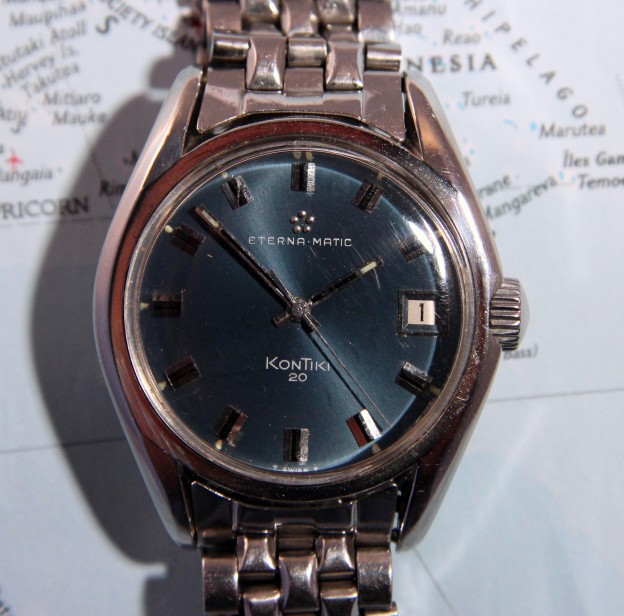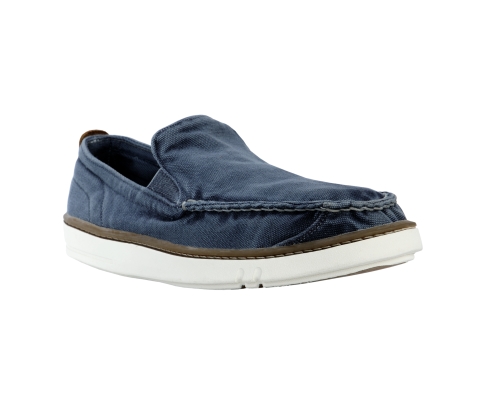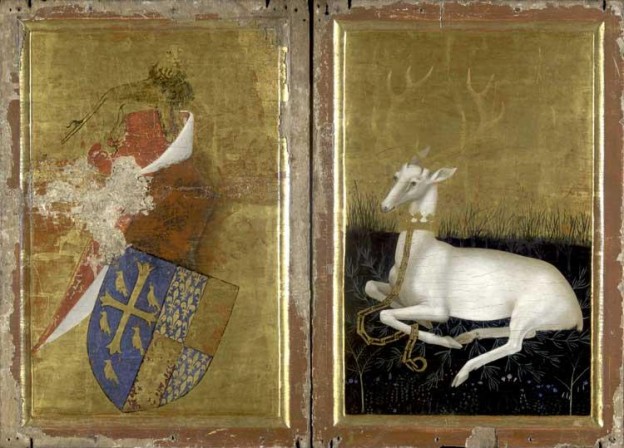No point in putting it below the fold at this late date and no time to go into detail…
Hamilton earns another Pole as unstoppable Silver Arrows lock out front row with Rosberg 2nd; Ricciardo carries Red Bull hopes at 3rd
Complete coverage for the 3 rounds of Qualifying here via F1.com.
Top 10 Qualifiers for the Spanish Grand Prix below:
| Pos | No | Driver | Team | Q1 | Q2 | Q3 | Laps |
|---|---|---|---|---|---|---|---|
| 1 | 44 | Lewis Hamilton | Mercedes | 1:27.238 | 1:26.210 | 1:25.232 | 16 |
| 2 | 6 | Nico Rosberg | Mercedes | 1:26.764 | 1:26.088 | 1:25.400 | 19 |
| 3 | 3 | Daniel Ricciardo | Red Bull Racing-Renault | 1:28.053 | 1:26.613 | 1:26.285 | 16 |
| 4 | 77 | Valtteri Bottas | Williams-Mercedes | 1:28.198 | 1:27.563 | 1:26.632 | 17 |
| 5 | 8 | Romain Grosjean | Lotus-Renault | 1:28.472 | 1:27.258 | 1:26.960 | 18 |
| 6 | 7 | Kimi Räikkönen | Ferrari | 1:28.308 | 1:27.335 | 1:27.104 | 18 |
| 7 | 14 | Fernando Alonso | Ferrari | 1:28.329 | 1:27.602 | 1:27.140 | 16 |
| 8 | 22 | Jenson Button | McLaren-Mercedes | 1:28.279 | 1:27.570 | 1:27.335 | 18 |
| 9 | 19 | Felipe Massa | Williams-Mercedes | 1:28.061 | 1:27.016 | 1:27.402 | 16 |
| 10 | 1 | Sebastian Vettel | Red Bull Racing-Renault | 1:27.958 | 1:27.052 | No time | 11 |
Complete Qualifying results here at Formula1.com.
The race can be seen live tomorrow morning at 7:30am Eastern on NBCSports channel here in the States.









